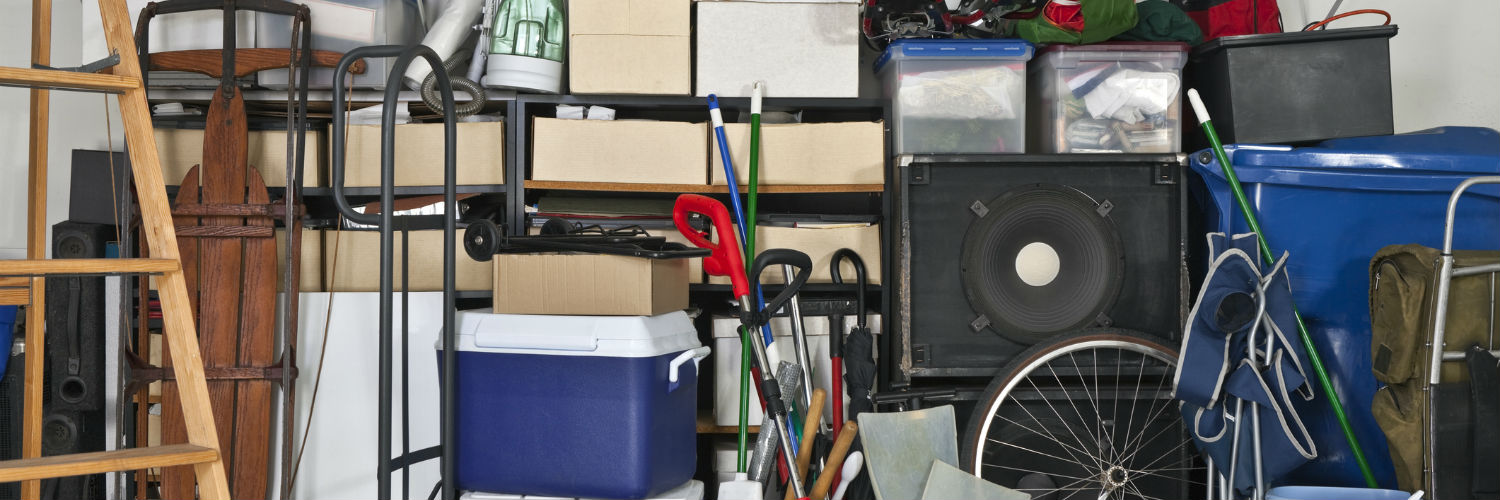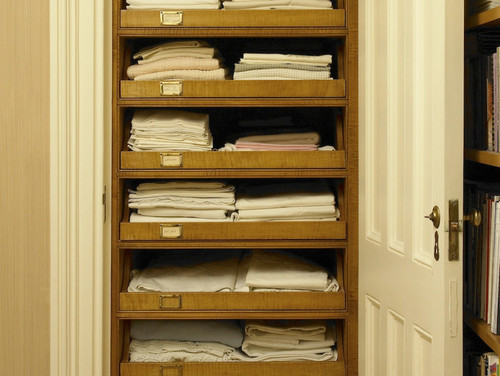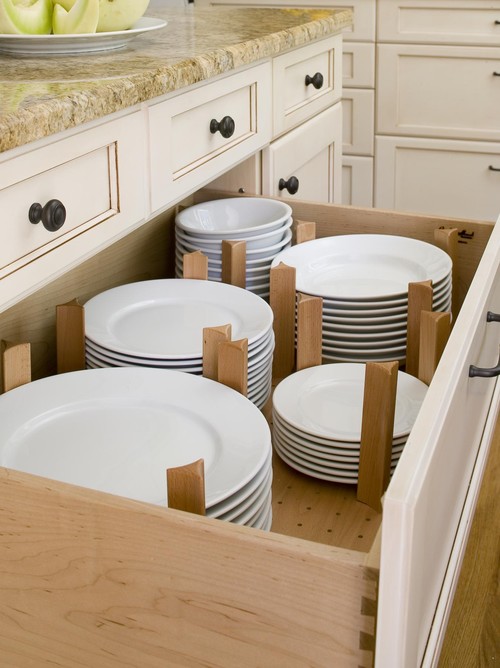9 Overlooked Items to Prep Your Home for Sale


So you’ve prepped your home cosmetically for sale in every imaginable way – fresh paint, a deep cleaning, new landscaping, decluttered closets and even organized the garage! Your house looks better then it ever has and you are ready to hit the market! Before you proceed with the “For Sale” sign in the ground, there are several key pieces of information that you should consider gathering that today’s savvy buyers are going to want to know.
1. Survey
Do you have a copy of a current survey on your home? Have this document available and provide to your listing agent so they can include in the information about your home. Buyers want to know about property lines, easements, conservation buffers, if there is room for a pool, if the property line extends to the water behind your home, etc. Having a survey to provide upfront will help to eliminate these types of concerns vs. waiting until a property is under contract.
If you’ve made any changes that would affect your property such as adding a pool or fence since you took ownership and are not shown on your current survey, it’s important to advise the buyer. A new survey will usually need to be ordered prior to closing in this scenario. If you don’t have one from when you purchased the home, try contacting the title company or attorney’s office that handled the closing of the property. Depending on how long ago that was, they may be able to retrieve from their archives.

2. Floorplan or Appraisal Sketch
Buyers often need to know room dimensions as it helps with determining furniture placement and to ensure how what they have will fit (or have to be reconfigured) in the new space. As any real estate agent can attest, many hours have been spent measuring spaces while looking at a home and comparing that against the existing buyer’s furniture dimensions. I’ve encountered entire home searches that revolved around a great room accommodating an entertainment center and the garage size so a motorcycle could fit in addition to the cars!
An appraisal is helpful as it can confirm the exact square footage of a home vs. relying on tax records which may not be accurate. We’ve all heard stories where the appraisal showed the actual square footage that was smaller than what was initially represented in a listing sheet. Having an appraisal will help to ensure that does not happen. You should have received a copy of the appraisal if you obtained a mortgage loan from your lender or if you refinanced. If you don’t have either, consider having a floorplan drawn up or home measured by an appraiser when prepping your home for sale. Your agent can assist with resources to this effect.
3. Utility Bills
Buyers want to get an idea of what they can expect the heating and cooling bills to be in a home. Review your bills over the last one to two years to get an average in the various seasons, or call your local utility provider as they can often provide you with information on the high, average and low costs. This information can be very beneficial when a buyer sits down to number crunch their total costs of owning a home. If you had an unusually high or low bill, provide some explanation to accompany the numbers.
4. Termite Bond
In many markets where termites are alive and well, it is common place for homes to have some sort of protection plan in place which is also known as a bond. In Florida, where I live and work, this is a primary concern and often one of the first questions buyers and their agents want to know. Prior to listing your home, obtain a copy of your termite bond policy from the provider, know exactly what type of bond you have – repair or treatment bond and up to what dollar amount of coverage is it good for. Also know how long the bond is in effect, when it is up for renewal and what the renewal fee is, if there is a transfer fee and what does it provide protection for – not all bonds provide protection against all different types of termites.
5. Pest Control
If you maintain any type of pest control on your property, compile information as to who the provider is, what you have done, how much you pay and how often does the company come out to treat the property. A copy of your service agreement is helpful in this instance.
6. Insurance
Buyers especially want to know who a seller uses for their homeowners insurance and how much they pay. This is particularly the case in higher risk areas (where there are hurricanes, floods, fires, etc.) With homeowners insurance potentially more difficult to obtain in some areas, going through the existing seller’s insurance company can help streamline the process, particularly on an older home.

7. Product Manuals and Warranty Documents
Now is the time to gather the various product manuals for all items that will be staying in the home such as appliances, water heater, heating and cooling system, ceiling fans, pool equipment, etc. If your home came with any warranties, be sure to include these for the new owner as well. Putting all of these in one large envelope makes it easy for everything to be readily accessible in one place for the new buyer.
8. Service Providers
Compile a list of all service providers/vendors and their contact information who you have used on your home – lawn service, pool service, A/C company, etc. While a new buyer may or may not choose to use these services, they will certainly appreciate having resources available to them and may elect to initially use them as they make the transition to living in your home.
9. Covenants and Restrictions, Neighborhood Rules and Information
This is key critical information for a new owner to have on hand. A contract may likely hinge on the buyer’s review of this information, so easiest to have it available ahead of time. If you don’t have these, contact your neighborhood’s association president or management company for assistance in obtaining a copy. Many of these documents are matters of public record and are available by going online to the appropriate municipality’s website.
Work with your agent to create an informational package or binder that you can provide to prospective purchasers that come through the home with the information mentioned above. Gathering this information before you put your home on the market will save time and make the process that more efficient once you find a buyer. It may even help your home to sell faster as all of this information is available upfront, eliminating the need for guesswork and waiting on answers while another property could possibly come on the market to grab the buyer’s attention. You want to help keep the buyer focused on your home, so make it easy for them to buy by giving them what they want. Happy selling! You can read more home seller tips here.
Source: Coldwell Banker Blue Matter Blog
7 Secrets to Selling: Tips from Real Estate Insiders


Coldwell Banker Real Estate professionals weigh in on what you need to know when navigating the real estate process.

 Facebook
Facebook
 Twitter
Twitter
 Pinterest
Pinterest
 Copy Link
Copy Link



























